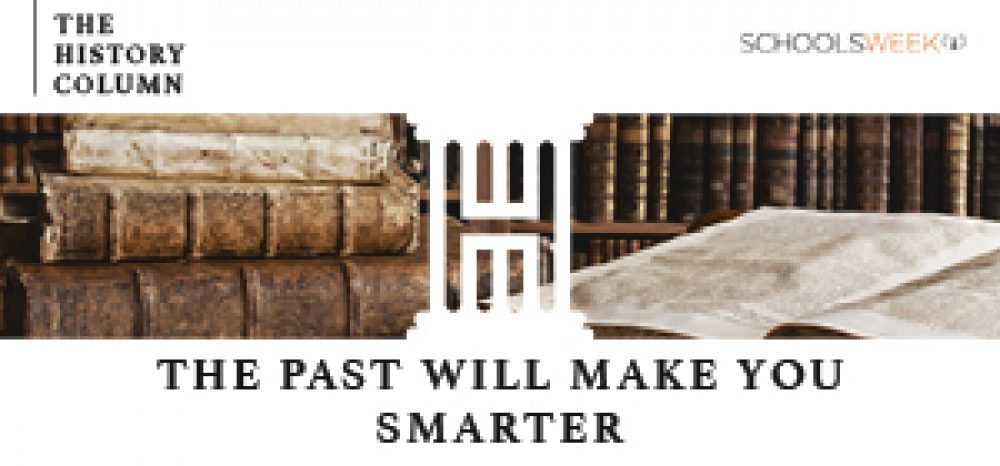Last weekend, The Sunday Times published a lengthy article about Michaela, the north London free school that styles itself as “the strictest school” in the country. As one of its teachers tweeted: “When we say strict, we mean strict.”
The rights and wrongs of this austere approach are not the concerns of this column. What history shows, instead, is that the school’s leaders are not the first to tread this path.
Michaela’s laser-like focus on routines, procedures, and discipline all have precursors in the monitorial schools opened by Joseph Lancaster in the late 1700s.
According to Richard Aldrich in An Introduction to the History of Education, Lancaster was hailed “as amongst the supreme benefactors of the human race” when his schools came to prominence.
Using a “factory model”, pupils were taught in one room by a system of impeccably delivered routines, using semaphore delivered by one headmaster at the front of the room. A teachers’ thick “manual” gave specific instructions about activities. At certain times, a bell would ring and slate blocks, fashioned aloft the classroom, would flip and reveal the next activity.
Drill, repetition and practice – buzzwords at Michaela – were also beloved of Lancaster. Though he also believed in co-operation and competition.
Drill, repetition and practice – buzzwords at Michaela – were also beloved of Lancaster
Aldrich describes how Lancaster devised an “elaborate system of rewards” including “merit badges… balls, kites, even silver pens and watches”. (Is this the earliest known example of a merit badge? Write in if you know of earlier ones.)
Michaela came to prominence over the summer when newspapers, ours included, ran a story about its choice to place a child in “lunch isolation” after his or her parent failed to pay for a mandatory school lunch. If this seems outrageous, it may come as a source of relief that the free school is not employing Lancaster’s favoured method of isolating offenders: suspending them from the ceiling in a basket or sack, often with signs attached naming their misdeed.
In the case of detention, Lancaster advocated tying children to their desks so that they were adequately fixed in place while teachers went home.
The system was wildly popular, particularly in the US, and attracted many visitors who often left open-mouthed at having seen rows and rows of children working so obediently.
However, Aldrich says that “like many other educational innovations, before and since, it was in vogue for some 30 years” but then started to fade.
Historians differ on the reasons for the decline. Some say it was because the implementation of the manual depended on the greatness of the teacher and, without a focus on quality training for a wide range of teachers, there simply were not enough to go around. Others note that Lancaster, himself, was one of the greatest marketers of the idea – paid handsomely to move from one place to another, implementing the scheme – but when he died (run over by a horse carriage), the passion that drove the consistency died with him.
The system influenced much of what came next, however, with the shape of classrooms and their activities at least echoed in the schools we see today. In some, like Michaela, more than others.
If Aldrich is correct, however, and an educational idea is often in vogue for about 30 years, then I suspect “strict schools” will be here until at least 2040 – and their influence, for even longer.



Your thoughts